 |
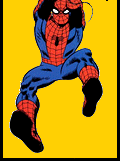 |
|
LARRY
LIEBER
& THE
AMAZING SPIDERMAN
NEWSPAPER
STRIPS
|
|
|
| |
|
| |
THE
SPIDER-MAN NEWSPAPER STRIPS
Newspapers and the daily comic strips they publish are
at the very heart of the history of the comic book:
"Comic strips such as The Katzenjammer
Kids, Happy Hooligan, and Gasoline Alley began
appearing in newspapers in the late 19th century
and early 20th century and quickly found an audience
with the American public. The sequential nature
of the strips, in addition to thought or speech
balloons, defined the new art form. Compilation
books of comic strips were first published in
the early 1900s and evolved into comic books in the
late 1930s.
Comic strips have included themes such as: Light
humor - Peanuts, Nancy, Blondie, Garfield, and Beetle
Bailey; Superheroes - Superman, Spider-Man, and
The Phantom; Adventure - Tarzan, Flash
Gordon, and Prince Valiant; Crime - Dick Tracy
and Secret Agent X-9; and Drama - Mary Worth,
Rex Morgan, and Brenda Starr.
Present day comics strips can be found in every
newspaper and many magazines. They are
typically published in black and white in the
newspaper editions running Monday through Saturday
and in color in the Sunday edition."
(Norman Rockwell Museum, 2015)
The Amazing Spider-Man strip mentioned had been a
project in the making since 1970. DC had a long standing
legacy of Superman and Batman newspaper strips, so it
must have seemed high time to Stan Lee that Marvel's most
popular hero should have one too. A successful syndicated
comic strip could also be very rewarding in financial
terms, so Lee kept on pushing and brought Jack Romita Sr.
on board to pencil his scripts.
|
| |
Finally,
The
Amazing Spider-Man
daily
newspaper comic strip
debuted on January 3rd
1977 - in spite of some
fundamental reservations
on behalf of the artist
initially involved:
"Every comic
book artist dreamed of
being a syndicated strip
artist. I used to dream
about it. My problem was
I had a job. I was art
director (...) and I
didn’t want to give
up that job because,
frankly, I didn’t
think the newspaper strip
would last more than
three or four years.
Shows you what I know! I
was very leery of
starting it, even though
I wanted to do it (...)
so I foolishly tried to
do both. I was splitting
my week, killing myself,
and not getting much
sleep. And I didn’t
make much money on it. I
told Stan at the
beginning, if we keep
adding newspapers and
getting more money out of
it, I’ll stay on it,
but if it starts to lose
money, I’m going to
quit." (John
Romita Sr. in Dueben,
2015)
But the strip,
produced by Marvel and
syndicated originally by
the Register and Tribune
Syndicate and then King
Features Syndicate since
1987, turned out to be an
immediate hit, with more
and more newspapers
signing up all across the
US - and then the world
over. Although set apart
from the continuity of
the comic books, the
strip featured all the
standard Spider-Man cast
along with the wry humour
characterization which
fans of Spidey had grown
so fond of over the
years.
|
|
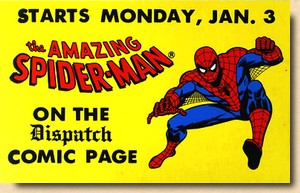
1977
newspaper ads for the
launch of the
syndicated Amazing
Spider-Man daily
comic strip
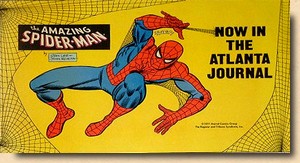
|
|
|
|
|
| |
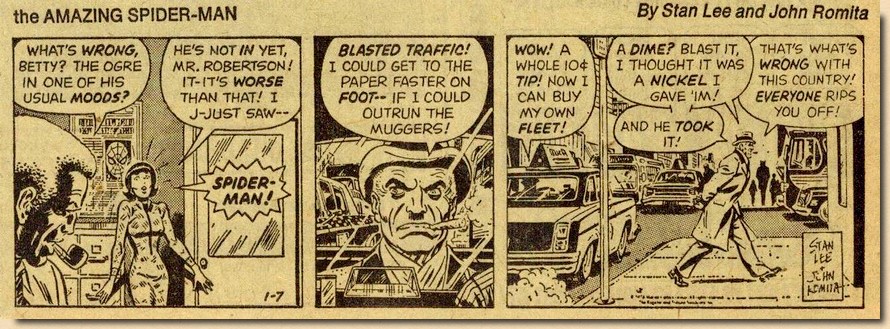
Amazing Spider-Man Newspaper
Strip (7 January 1977)
|
| |
In spite of all the similarities to the established
world of Spider-Man, there were of course fundamental
differences. For one, doing between 18 to 22 comic book
pages a month or three to four panels a day for seven
days a week was like night and day, and the burden rested
mostly on the penciller, as Romita soon found out.
"It was frustrating. Such long hours and
such constant pressure, seven days a week - I think I
aged 10 years in those four years." (John
Romita Sr. in Lear, 2009)
Working on story arcs which typically run for 8 to 12
weeks, the artist often felt let down by the final
production values of the strip - which of course was
printed on cheap newsprint paper.
"It was a disaster because they were
reproducing stuff smaller than two inches. I ended up
having to draw almost a coloring book line to keep it
from disappearing altogether on the page (...) I
couldn’t control how bad it printed in a lot of
newspapers, but I turned out the best product I
could. That’s why I lost a lot of sleep and a
lot of money." (John Romita Sr. in Dueben,
2015)
After four years, Romita decided he had enough. Stan
Lee's brother Larry Lieber did a quick fill-in but found
he was too slow for the required output pattern (Thomas,
1999) until Fred Kida took over in August 1981. When Kida
retired in July 1986 the Amazing Spider-Man newspaper
strip was once again in need of a penciller. Stan the Man
once again turned to his brother, who felt he could keep
up with the schedule:
"And so Stan asked me, or I asked him...
anyway, we spoke about it... "Do you want to try
it?" And I said okay. And this time I stuck with
it, and I was able to do it." (Larry Lieber
in Thomas, 1999)
|
| |
LARRUPIN'
LARRY SAVES THE DAY... AND THE YEARS... AND THE DECADES
|
| |
| Larry Lieber (born 26 October 1931) is the younger
brother of Stanley Martin Lieber, better known of course
as Stan Lee, the spiritus rector of Marvel
Comics. Almost always intent on keeping a low profile,
his role in the creation of the classic characters of
what would come to be known as the Marvel Age of Comics
of the 1960s often tends to go unnoticed. It was Lieber
who supplied Jack Kirby with a full script for the first
Thor story (based on a basic plot handed to him by his
brother) and thus also coined the god of thunder's alter
ego, Don Blake, just as he did for Iron Man and Tony
Stark (Thomas, 1999) - which also explains the deviation
from Stan's alliterative principle of having first and
family name start with the same letter, as in e.g. Peter
Parker or Matt Murdock. |
| |
 |
|
In the process of adding
nicknames to the creators involved in the
production of Marvel comics, Stan called
his brother "Larrupin' Larry" -
larrup being an American English
expression originally denoting a
thrashing but used to qualify something
(or, in this case, someone) as
"thumping good".

|
|
|
| |
As far as the Spider-Man newspaper strip is
concerned, Larrupin' Larry Lieber took over in 1986 and
would be drawing them right up until he retired from the
strip after September 8th
2018 - an incredible tenure of 32 years which was based
on the fact that Lieber found his own way of coming to
terms with the very demanding production schedule.
"I did even better than that, because
after a while I wanted to do my own inking. I wasn't
really that experienced as an inker, but I wanted to
do it because I felt that only I could keep what I
put in the pencils. There are certain inkers who
would have enhanced what I drew, but I wasn't getting
that kind of inking. I did that for a few years, but
it was very hard. I'd end up sitting up all night
inking it out, and I was always afraid, because
you've got that deadline there from the syndicate. So
finally they said, "No, let's have somebody
else," and I agreed." (Larry Lieber in
Thomas, 1999)
|
| |

Amazing Spider-Man Newspaper
Strip (23 September 1993) - original artwork by Larry
Lieber (personal collection)
Segment of "The Selling of Spidey" (19 June
1993 - 5 December 1993)
|
"Stan gives me full scripts, which tell
me exactly what to do. Stan is very good at visuals,
thinking what would look good." (Larry
Lieber in Thomas, 1999)
|
| |
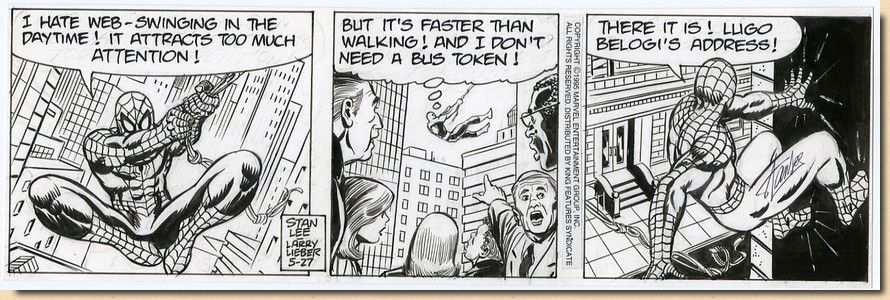
Amazing Spider-Man Newspaper
Strip (27 May 1995) - original artwork by Larry
Lieber, signed by Stan Lee in third panel
(personal collection)
Segment of "Fearless Vampire Player"
(18 April 1995 - 30 August 1995)
|
|
"Stan puts a lot of [Peter Parker's life]
in there. They're always talking about Spider-Man,
but there are periods where there's a lot of Peter
Parker. As a matter of fact, one of the things about
the strip that makes it a little hard is because
there's Peter Parker and Mary Jane, and so he's
writing it like a romance strip... you know, the
pretty girl, the good-looking guy... and then it
shifts to the villains, and Spider-Man. It's not just
a super-hero strip, and it's not just a romance
strip. It's both." (Larry Lieber in Thomas,
1999)
|
| |
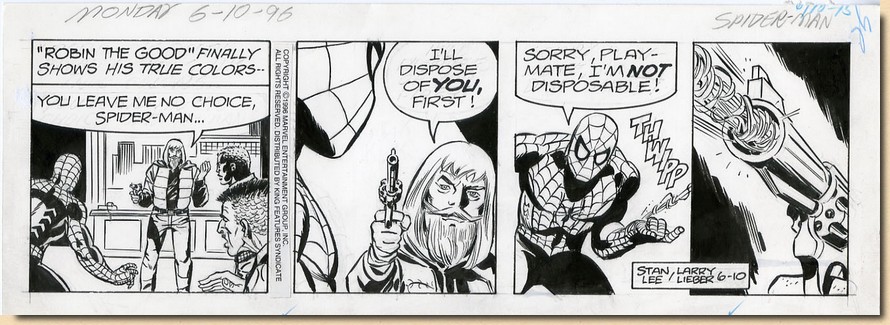
Amazing Spider-Man Newspaper
Strip (10 June 1996) - original artwork by Larry
Lieber (personal collection)
|
|
"I feel closer to Stan since I've been
doing Spider-Man than I was before, in a way. Which
is good, because doing a strip, you don't get much
feedback (...) Stan is the only one who really looks
at my stuff, and if I do anything good, he
appreciates it. He'll look at a strip and say,
"Well, I know that must've been hard," or
he'll say, "Gee, that's a good expression you've
got on that girl; you ought to be directing
movies," or something like that. It's been a
nice working relationship all these years."
(Larry Lieber in Thomas, 1999)
However, Roy Thomas started being the ghost writer for
Stan Lee since 2000 (Sacks, 2014), and Larry Lieber
retired from pencilling the strip with his last work
published on September 8th
2018, after which Alex Saviuk (who had been drawing the
Sunday strips for Amazing Spider-Man since 1997 and had
inked Lieber's pencils on the daily strip since 2003)
took over.
|
| |
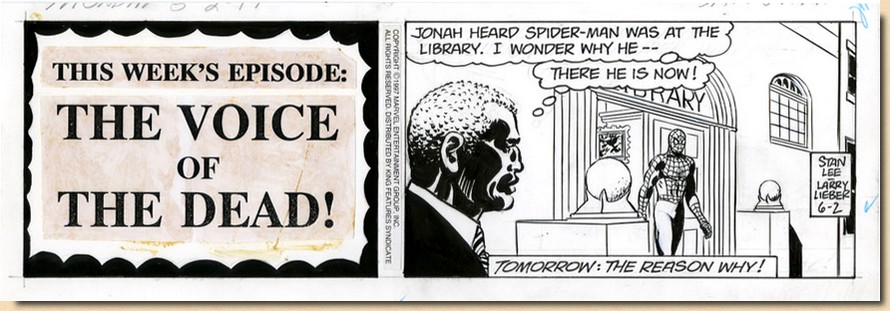
Amazing Spider-Man Newspaper
Strip with title panel (2 June 1997) - original
artwork by Larry Lieber (personal collection)
|
|
| |
|
| |
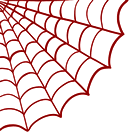
The final daily Amazing Spider-Man
newspaper strip was published on 23 March
2019, but previously published strips
were run after that until 21 October
2023,when newspaper distribution ended
and it was taken off the King Feature's
website.
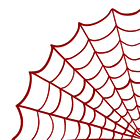
|
|
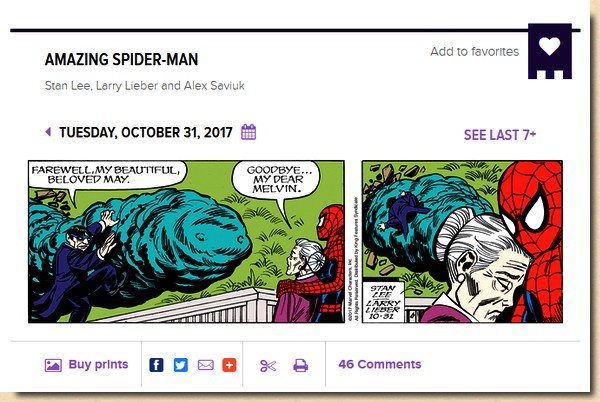
Plans
to launch a new, rebooted
Spider-Man comic strip following its
cancellation in 2019 never materialised.
|
|
|
| |
|